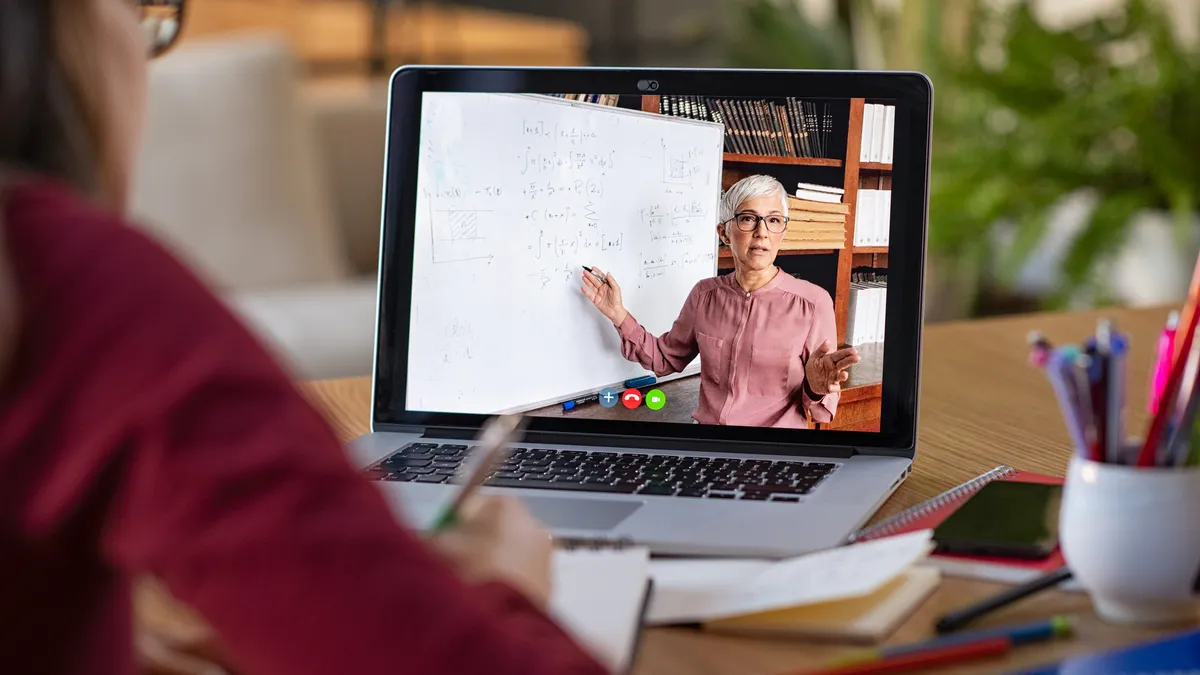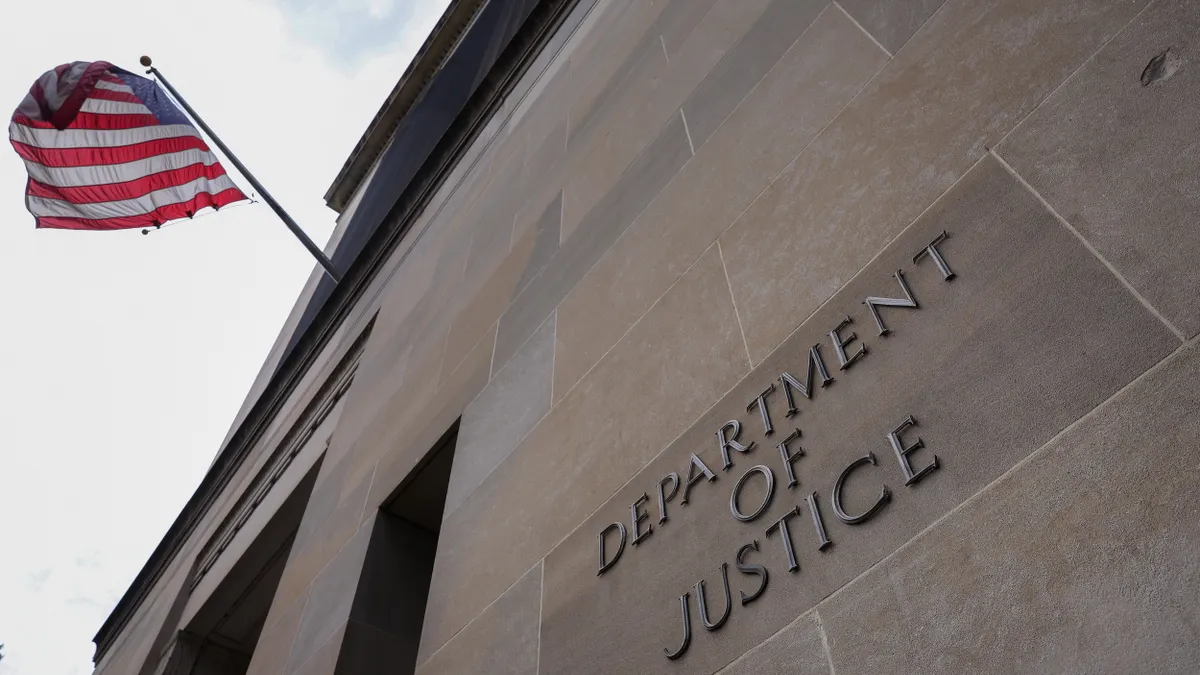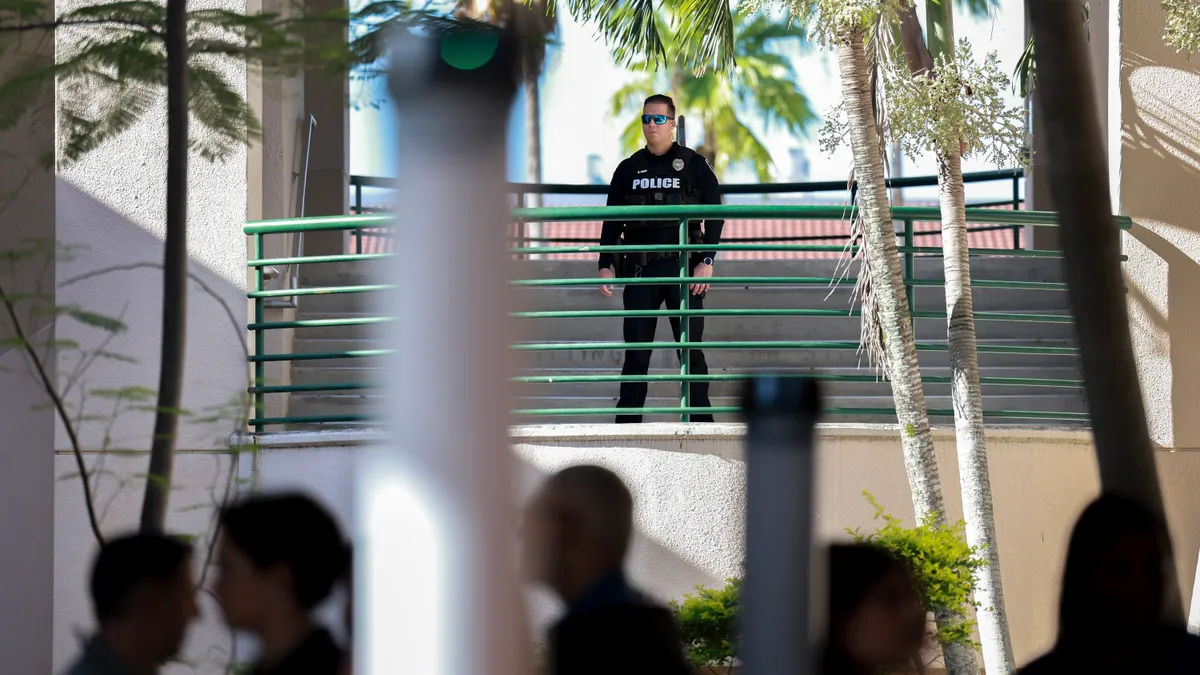Robert Avossa is the founder of consultancy firm K-12 Leadership Matters, LLC, and the former superintendent of Palm Beach County School District in Florida and Fulton County Schools in Georgia.
We’ve heard a lot of reflections this spring on a year in the life of COVID-19. Many have tried to predict what may be in store for the future and considered what we should do to recover what we’ve lost as a nation — and in particular what our children have lost in their education. There isn’t much precedent to draw upon, but there is one example worth reviewing.
In an article in the journal CRPE: Reinventing Public Education, Paul Hill, a research professor at the University of Washington Bothell, considered Katrina as “the last long-time disruption in schooling.” New Orleans schools closed abruptly in early August 2005, and the majority of school children weren’t back in New Orleans schools until the following school year or even later. They had all suffered from hurricane-related trauma.
Interested in learning more, Hill interviewed post-Katrina educators. He shared key findings:
“Kids came back on average more than two years below grade level, some much more. Losses were most dramatic in mathematics. The degree of learning loss couldn’t be predicted by family income, prior school, student age, or pre-Katrina grade level. Any school that opened in New Orleans had to assess individual readiness. Since kids trickled back to New Orleans over a long period of time, schools could never stop assessing and adjusting to learning loss. It often took multiple years of individualized attention to resolve the largest learning losses,” he said.
And, according to Hill, New Orleans schools are still dealing with the aftermath of Hurricane Katrina 15 years later. One of the school heads he interviewed concluded:
“A big trauma like Katrina can have effects for decades. Learning losses don’t just disappear...For schools, the need to keep track of where every child is, and to work constantly on helping everyone move along, is permanent, not short-term.”
What we know from history is that a crisis as devastating as Katrina and now COVID-19 has potential for long-term impact on schools and students. Now is the moment to go big and build back better.
Create strong local community partnerships
We've always known community partnerships were important in K-12, but COVID-19 made it crystal clear that those partnerships are vital to the entire school community, especially when we face major crises.
Some schools deepened their relationships, while others established them for the first time. They will see the benefit for years to come. Examples include connections with boys and girls clubs, houses of worship, business development boards, rotary clubs, chambers of commerce and county departments.
They helped schools to distribute food and computers, raised money for hotspots and more. And they can help schools provide wraparound services for students and families who need them most, during a regular school year and especially during disruptions.
Empower educators
Our nation’s educators have been at the center of the conversation about COVID-19 and at the center of the solution for schools. They are frontline workers. We need them, and we need more of them to get the important work done as we recover learning now, and as we plan for mitigating crises that are certain in the future. They have done a great job. But much like healthcare workers, they have been underappreciated, underpaid and undervalued.
Before COVID-19, the profession had begun to slip out of the national conversation. Shortages were on the rise before the pandemic and have only increased during it. According to U.S. Department of Education data for the 2020–21 school year, to date 43 states are reporting shortages in math teachers, 42 in science teachers and 44 in special education teachers.
It’s time to prioritize our educators and empower them. We need to ensure there is a healthy pipeline of students pursuing a career in education — and that they have desirable, well-paying career paths when they graduate. The average starting salary for a teacher ($39,412) no longer cuts it. In many parts of the United States, teachers live below the family living wage.
It’s time to make the career path more appealing to them, both in terms of salary and in terms of offering flexible solutions where we can. This includes, for example, special education providers who can serve students well with teletherapy and who can also help bear the load with the in-school team.
Cultivate flexible, blended learning models
The creation of new learning models that meet students where they are — enabling them to learn when and where they can thrive — will be part of a future that includes decentralized and hybrid school models.
We may even see some high schools operating like a community college. You may choose to take classes on Monday, Wednesday, and Friday, or you may opt for classes on Tuesday and Thursday. Or you may take morning or evening classes. Some may prioritize a schedule that allows them to work and earn money or get involved in internships that give them real-world learning experiences and connect back to their studies in school.
Homeschool pods or micro school options may stay in place and negatively impact school district budgets. Virtual schools may be on the rise, too. A recent survey found 1 in 5 districts are considering districtwide virtual schools next year. I worry the school districts that don't start their own virtual schools could well lose students to private and charter schools.
Embrace technology in and out of the classroom
Increased technology use in schools is here to stay. And it’s not a bad thing. We need to prepare our kids for the digital age.
Many teachers who resisted using some of the tools that have been available for years were forced to use them during the pandemic. These new skills will benefit teachers and kids for years to come. Technology is critically important in the year ahead, especially given the learning loss we all anticipate will be exposed once we finally give high-stakes state assessments.
Special education and related services was one area where many schools were not prepared well with online solutions and a continuity plan. But many leaned into solutions like teletherapy and remote evaluations on a high-quality learning platform — and saw them work well.
“A huge pro of the online approach is having the flexibility to ensure services can take place, without needing to contract additional providers for in-person services for some students,” said Melvin Diggs, director of the Exceptional Children (EC) and Academically or Intellectually Gifted (AIG) for Chatham County Schools, who deployed PresenceLearning’s Teletherapy Essentials platform. “We are trying to innovate and stay ahead of the curve.”
Our schools need to work through a backlog of assessments, identify needs amid a growing population of students struggling, and then address the issues students are facing. And we need to do it as soon as possible so students are in a position to learn and thrive again.
Re-evaluate school policies and state funding
The pandemic made us rethink how we grade and assess students. Many states may consider moving away from age-mandated grade levels and away from seat time requirements. Some are looking at competency-based learning to know where each individual student is in their learning and then personalize the experience for each one.
Susan Patrick, president and CEO of the Aurora Institute, says it is critical for student success:
"Competency-based content standards allow students to move at an individualized pace, demonstrate mastery before advancing, receive immediate supports for learning, and ensure they don't have huge knowledge gaps as students journey through school. In a competency-based system, the gap between struggle and success is identified and supported on a daily basis in real-time, not sometime after the school year ends and it is too late. When learning gaps are removed from the equation, success is the only option."
There should also be added flexibility with funding sources. Maybe the latest round of funding to address the pandemic, the American Rescue Plan’s ESSER III, will help us get there in the near-term. Funding issues could become a pervasive issue in the next 12 to 24 months unless the economy picks up quickly. Schools need more funding, and they need more flexibility in those funding sources long-term.



















